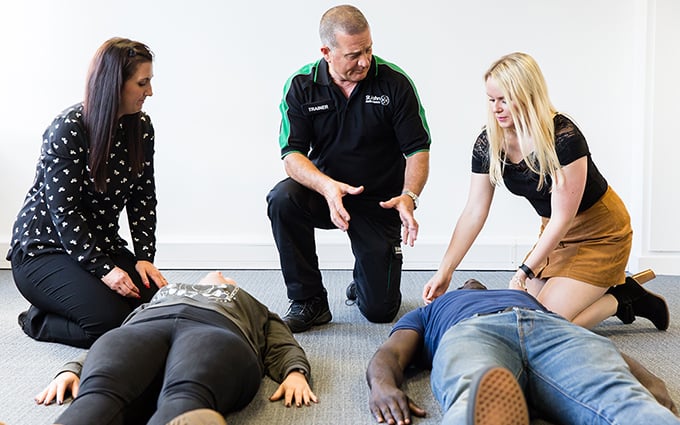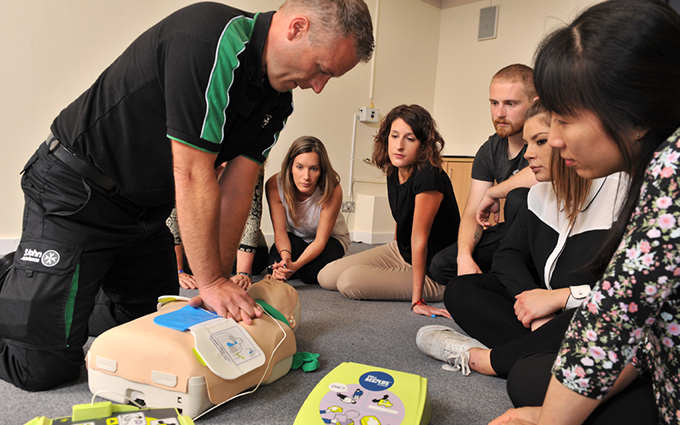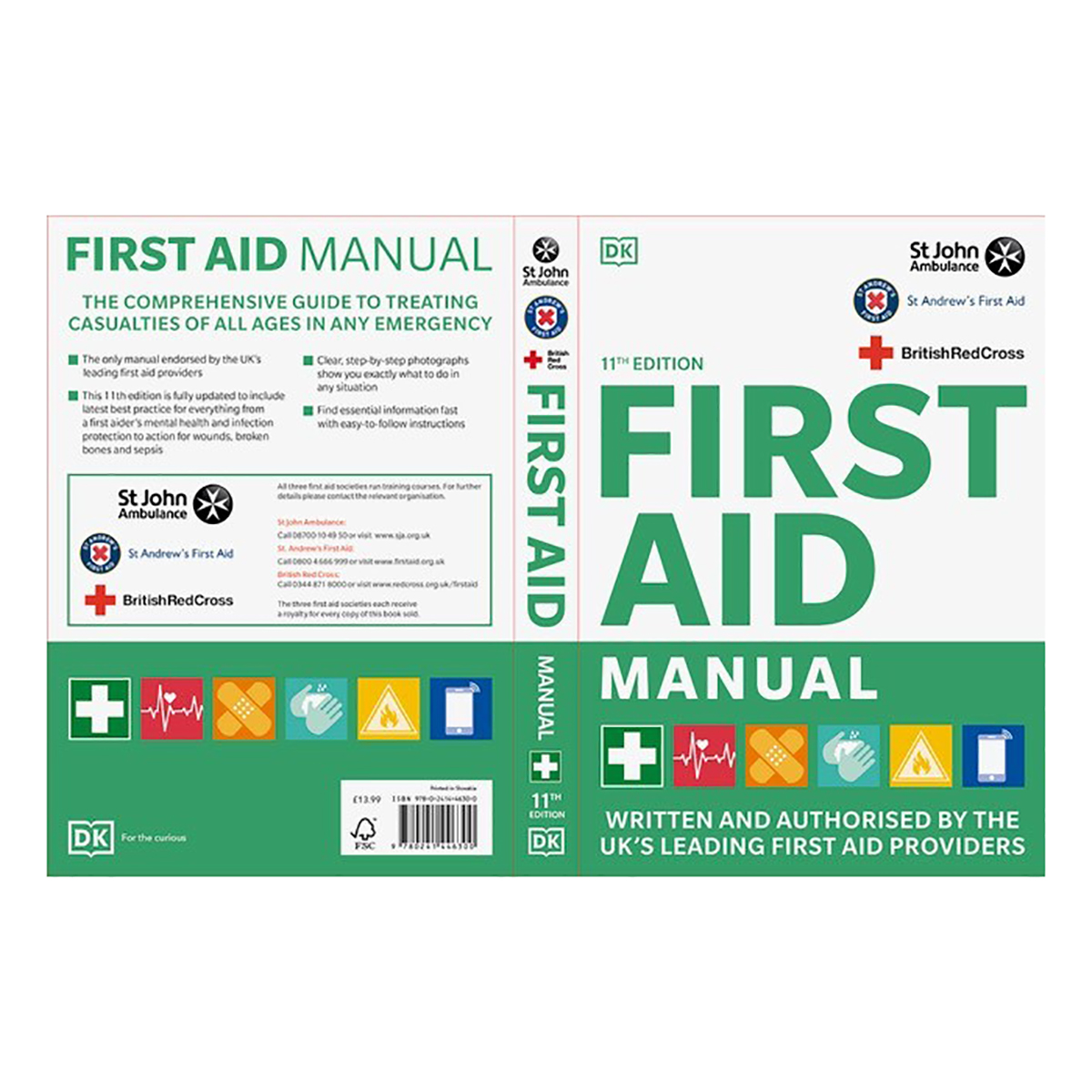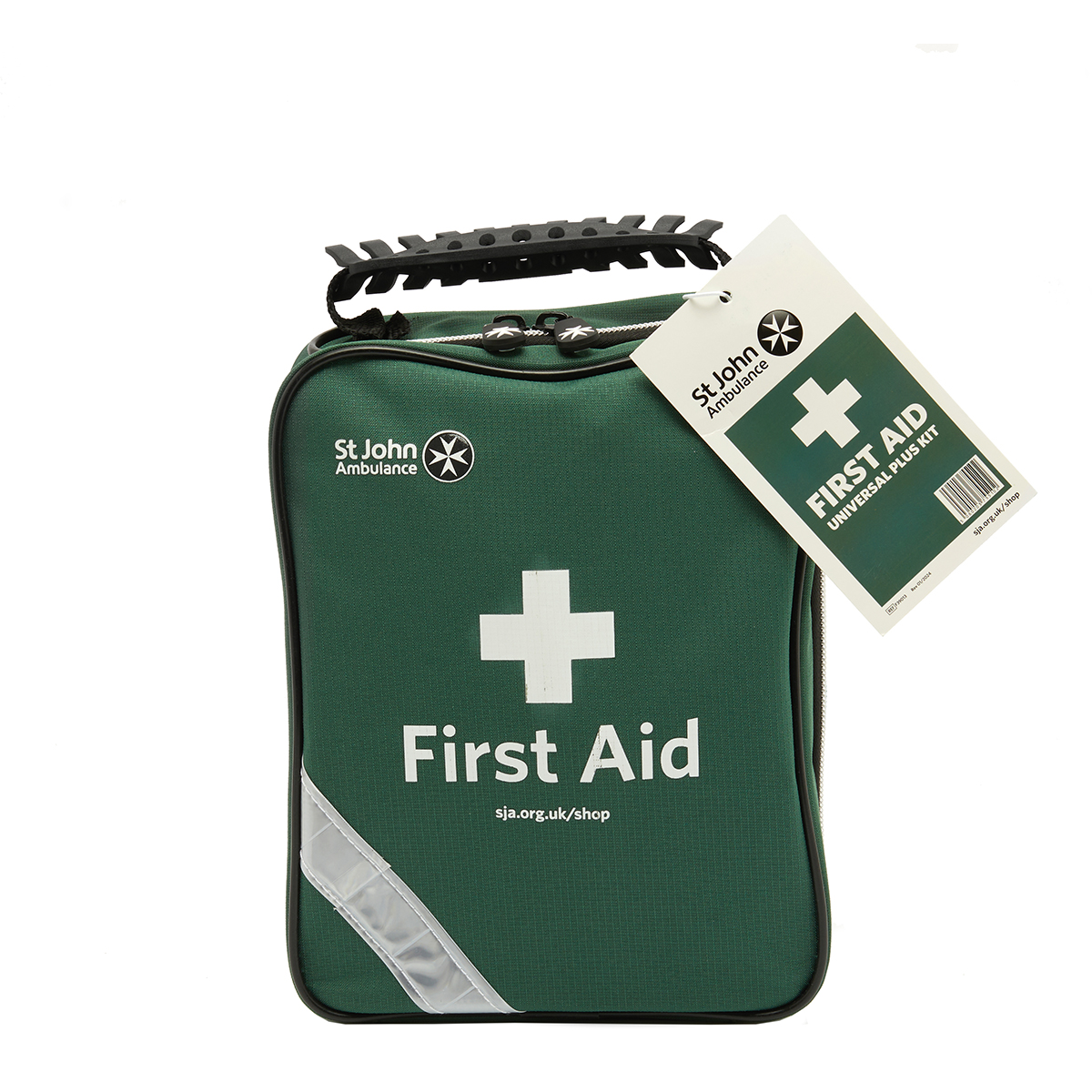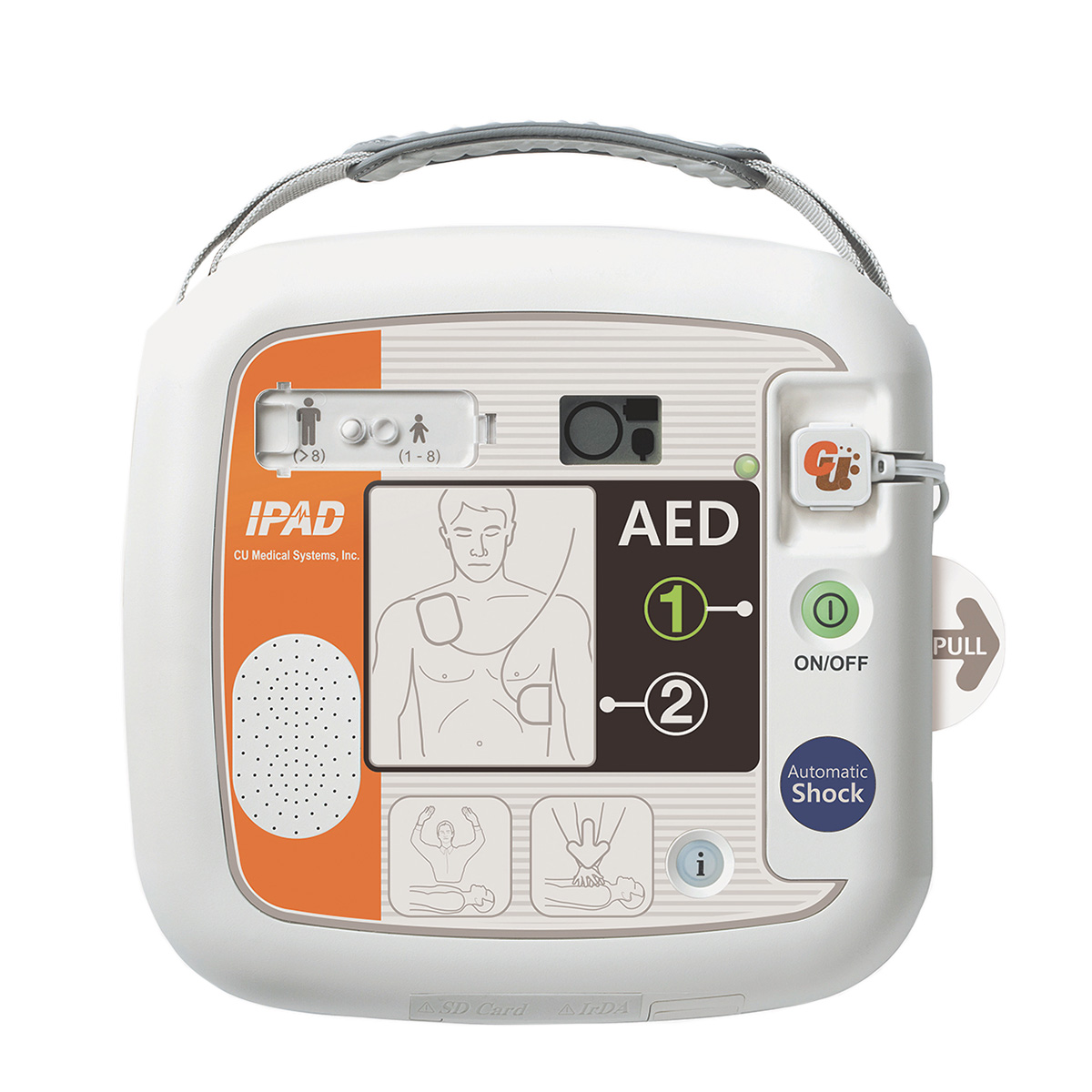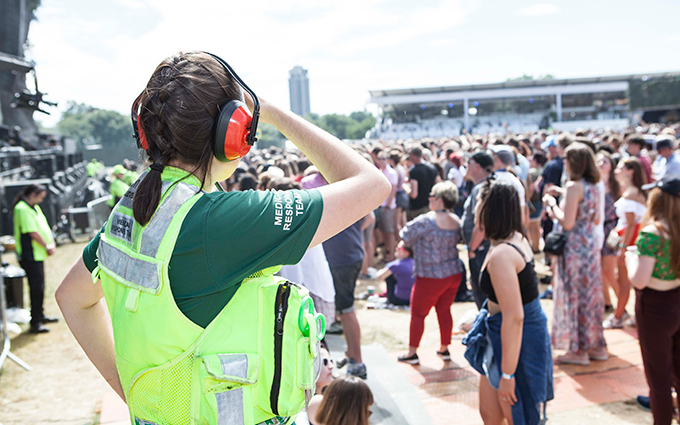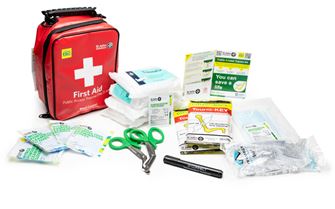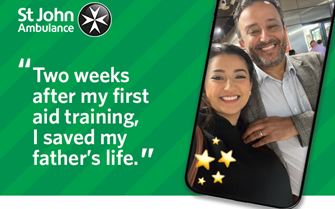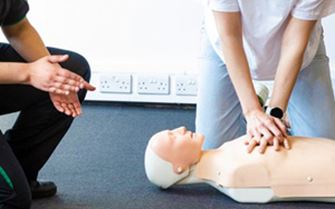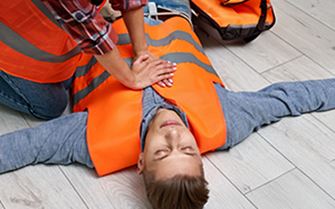Published: 15th September 2025.
Last updated: 15th September 2025.
Author: Cara Sherratt
Contents
- Introduction
- Myth 1: Give casualties something to eat or drink
- Myth 2: Induce vomiting in poisoned patients
- Myth 3: Keep medicines in first aid kits to dispense
- Myth 4: You must be trained to use a defibrillator
- Myth 5: You can use toothpaste or butter on burns, not just water
- Myth 6: Pull out any objects embedded in the skin
- Myth 7: You must wait for patients to be conscious to give consent to treat
- Myth 8: You must not remove a woman’s top under any circumstances
- Myth 9: First aid certification means you can give medical advice
- How to avoid doing damage with outdated information

In a situation that might require the application of first aid, those who have completed training in the past spring into action. However, practicing first aid without having properly refreshed or requalified your skills may potentially end up doing more harm than good.
It’s recommended to take a first aid refresher course every year and essential to requalify in your certified training every three years. This is because first aid advice and best practices are constantly evolving and being updated over time. Ongoing research in scientific fields means that we are continuously expanding our understanding of the human body and developing our understanding of the impact of injury, as well as learning to more accurately decode the meaning of certain symptoms. This means that guidance from just a few years ago may now be outdated, incorrect or even dangerous to follow. In this blog, we’ll explore some common first aid beliefs that many people still consider accurate but are no longer recommended based on current knowledge.
Information in this blog is true at the time of writing but should by no means replace proper training as we encourage you to ensure your first aid certifications remain up to date by booking your annual refreshers or First Aid Requalification.
Myth 1: Give casualties something to eat or drink
This is particularly important when dealing with potential poisoning or unconsciousness. Providing food or drinks could worsen the situation, so it is best to avoid this as part of your initial treatments in most cases. Depending on the type of emergency, patients may go on to need surgery – requiring nil by mouth, or some patients may sit as an exception to this rule, such as some diabetic emergencies. With such high stakes, there is no underestimating how crucial it is to have current, up to date training.
Myth 2: Induce vomiting in poisoned patients
Another outdated practice that could cause further harm, especially in cases of poisoning or unconsciousness, is attempting to induce vomiting in someone. Whether that person is suspected of taking poisonous substances or not, we do not recommend inducing vomiting. Consider this, if a harmful substance such as bleach has been swallowed and has caused burning on the way down, inducing vomiting may cause the same damage to occur as it comes back up.
Myth 3: Keep medicines in first aid kits to dispense
Unless there's a specific need, and under the guidance of a medical professional, medications and tablets should not be included in a first aid kit. Additionally, medicines that have not been specifically prescribed to an individual should not be administered unless confirmed by emergency services or recommended in your first aid training (such as in the case of heart attacks).
Myth 4: You must be trained to use a defibrillator
CPR techniques have evolved significantly over time, with a greater emphasis on chest compressions and the introduction of automated external defibrillators (AEDs). The introduction of defibrillators (AEDs) in the 1990s, along with the development of hands-only CPR, have also dramatically changed how CPR is performed by both professionals and the public. Of course, our training courses still cover how to use defibrillators, administer chest compressions and deliver rescue breaths.
Myth 5: You can use toothpaste or butter on burns, not just water
Despite popular belief, no alternative liquid or cooling ingredient should be used initially on burns. Only water is the appropriate substance that should be applied to areas that have been burned. Additionally, with burns, previous advice state to run affected areas under cold water for 10 minutes has now been changed to cool the area for 20 minutes – another example of how our understanding of injuries is changing guidance.
Myth 6: Pull out any objects embedded in the skin
If you are treating someone who has an item embedded in the skin or an object is in a wound, leave it in. That object may well be “plugging” a serious bleed or preventing additional injury. If the item or object does come out, do not attempt to put it back in.
Myth 7: You must wait for patients to be conscious to give consent to treat
If you are of the belief that you must wait to get consent to treat an unresponsive casualty, you could be wasting precious time in not treating someone who is in desperate need of lifesaving assistance. If a patient is unresponsive and needs assistance, you can act in their best interests to continue treatment.
Myth 8: You must not remove a woman’s top under any circumstances
We treat everyone the same. A woman’s top can be removed the same as a man’s top can be, if the treatment calls for it, for example if defibrillation is needed. Of course, just remember to provide your patients with dignified treatment regardless of gender. To learn more about administering CPR to women, check out our CPR Bra campaign.
Myth 9: First aid certification means you can give medical advice
The medical side of treatment can be complex and nuanced. Therefore, medical advice should only ever be given by specially trained healthcare professionals with the correct credentials, no matter how many first aid courses you have taken.
How to avoid doing damage with outdated information
As discussed, the world of first aid advice, practices and knowledge is ever-expanding. Ongoing research provides a greater understanding of how to best treat those in need at a rapid pace. That’s why it is of the utmost importance to renew first aid certifications and take requalification courses at a recommended 1-3 years.
If you feel your confidence has decreased since your last training session, browse online learning modules, short e-learning courses or stay up to date with information on the First Aid Fast app. Additionally, you can book onto an annual refresher course to update your knowledge, which can be taken every 12 months.
It is recommended that you complete your requalification course when your initial First Aid at Work, or Emergency First Aid at Work course certification expires. There are several ways to retake your training, including full face-to-face courses, or new blended learning options that can help you maintain your knowledge with added convenience. Browse your course options and book in your annual refresher or first aid requalification today.


